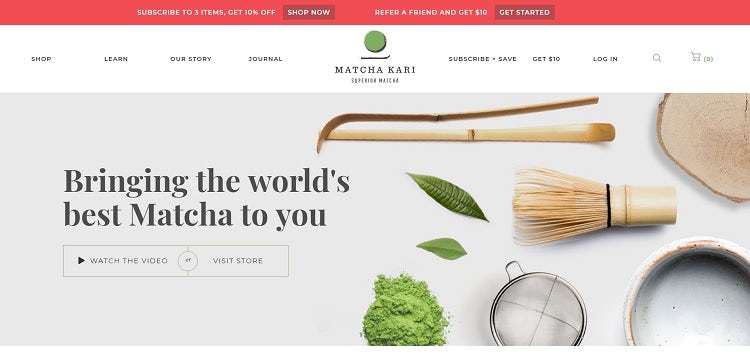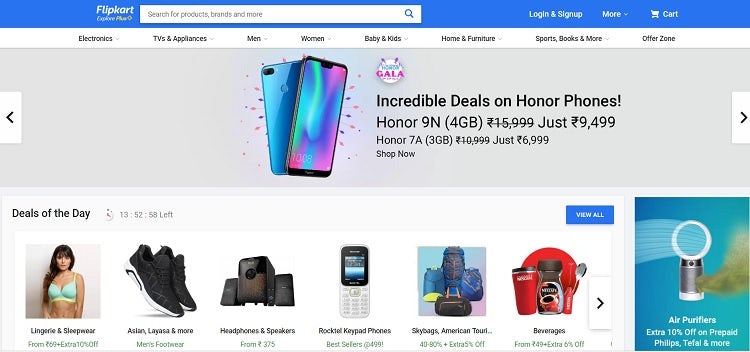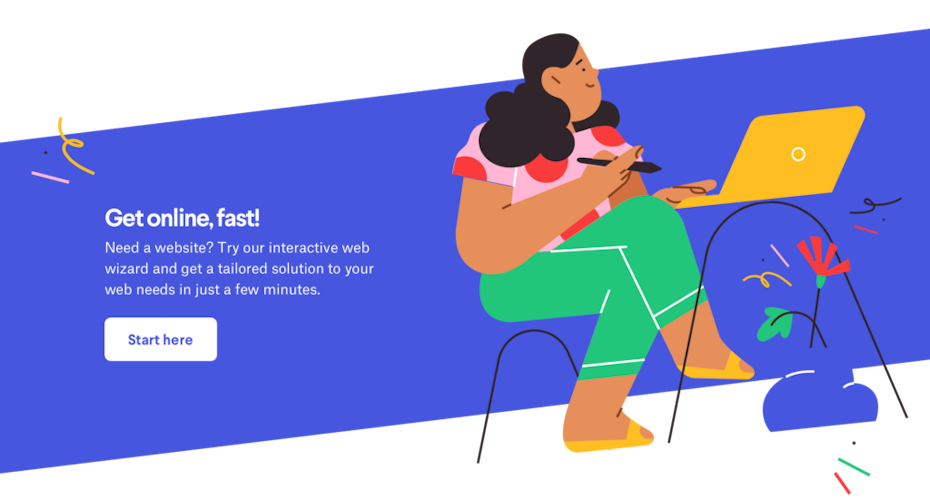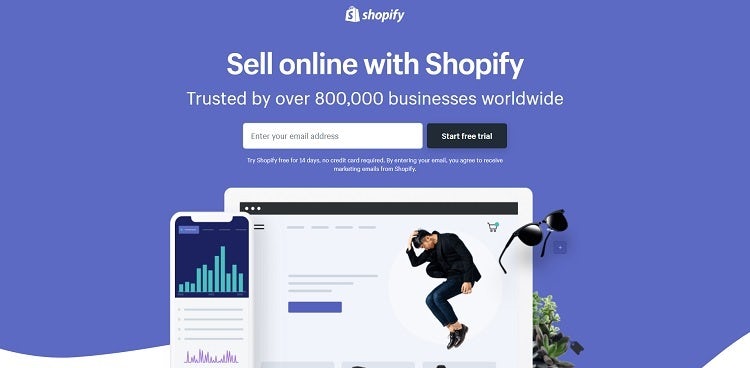16 Strategies For Increasing Your Online Sales
Many customers who began online shopping due to COVID-19 stay-at-home orders are turning into loyal online shoppers. With some fundamental strategy and marketing tactics, you can capture the benefits of this trend to increase your online sales and build loyalty to your company.
There are a lot of ideas on our list to select from, so choose a few that work best for your business and dive in.
* Understand your target audience
To make the right decisions about your products and marketing activities, you need to understand your customers. When you have a brick-and-mortar store, you can have conversations with your customers right there and find out what appeals to them. When your customers are online, you have to proactively take steps to learn about them.
By using analytics tools in your online store and point-of-sale (POS) system, you can identify purchasing patterns and preferences. While nothing can replace a face-to-face conversation, you still have lots of opportunities, including email, online chat, and phone calls, to ask questions to learn about your customers.
* Use analytics to learn how customers find your store
You want to use your time and marketing resources wisely. By using analytics tools such as Google Analytics to research how customers who make purchases are finding your store, you can then better focus your marketing efforts. For example, if you get a lot of traffic to your cookware store from a blog post about healthy eating, you should write more content on that topic. If almost all your sales are coming from Facebook ads, it may be worth it to invest in more advertising.
* Find your unique selling proposition
What do you offer that no one else can? What is the story behind your store, your products, and yourself?
Once you know what makes you different, you need to shout it from the virtual rooftops. You can include it in your tagline, make it prominent on your home page, announce it in social media ads, and highlight it in your email marketing. By building your marketing campaigns and efforts around your unique selling proposition, you give people a reason to come to your online store and, most importantly, buy your products.
* Simplify customer experience
You want it to be as easy as possible for customers to find what they are looking for and then buy it. If your analytics show a high number of people are visiting your site and leaving without buying, your customer experience may be the reason.
Enlist friends and family representatives of your target audience and watch them go through the process of finding and purchasing items in your online store. Look for areas where they struggle or make missteps. Common areas to fix include your website's search feature, product navigation, and checkout.
* Focus on customer service
Customers value great service. According to a Zendesk report, 84% of survey respondents reported that customer service is a key factor when deciding whether to purchase. Create a contact page on your website that clearly shows how to contact you. Include a phone number, email address, and chat link if you have one. To help people get answers right away, add an FAQ page to your website.
Most importantly, when customers contact you, respond promptly. Since in-person conversation is rare with online stores, use the opportunity to build the relationship as much as possible.
* Provide a chat feature on your website
Since the COVID-19 pandemic began, more customers have started to rely on chat to communicate with businesses. If you don’t have a chat feature, add one to your website and monitor it throughout the day.
Since you can’t be tied to your computer 24 hours a day, include an autoresponder to let customers know when you will return. You can also use Virtual Agent Technology (VAT), which is a plug-in for your website that immediately answers common and basic questions for customers.
* Create a simple checkout process
While the checkout process is part of the user experience, it’s a big sticking point for many sales and deserves extra attention. Offer a guest checkout option so customers can buy without filling in long forms. Break up the checkout into multiple pages or an expanding page to keep from overwhelming the customer with buyer information fields. Keep the text short and concise. Use standard buttons and verbiage, such as a “Buy” button and a shopping cart icon.
* Select the right eCommerce platform for your needs
By choosing a platform that has a simple process and management features, your customers can easily navigate your site. Then you can spend more time growing your business instead of growing your store. If you don’t need a full website, choose a platform such as Square Online Checkout, which allows customers to pay online without you needing to have a full website.
* Don't forget SEO
In a brick-and-mortar store, customers can see your kiosk or storefront and come right in. But with an online store, you must help them find you. You’ll want to specifically work on improving your search engine ranking for terms your customers search to find your business. In fact, a 2019 Statista study found that search led to 65% of all eCommerce sessions. Square makes it easy for you to set up your site and pages for SEO.
* Create content
When people have a question, they head to Google and look for the answer. By creating content that provides interesting and relevant information to your customers, you can help people find your eCommerce store through SEO. Instead of writing about your products, address common challenges or ways to use your products. If you sell dog toys, write about fun games to play with your dog or how to help dogs with separation anxiety. Because search engines prioritize pages that provide consistent content, be sure to write new posts on a regular basis.
* Put customer reviews on product pages
While it may feel scary to let customers share both positive and negative comments about your products on your page, adding customer reviews can increase your sales. Moz found that 67% of customers are influenced by online reviews. And if a product consistently gets poor reviews, it’s a sign that you should either address the issues or discontinue the product. When adding reviews, let customers leave both a star rating and a comment. Make it as easy as possible for customers to write reviews. Even better, use an eCommerce platform with the feature built in.
* Use responsive design
With 1 in 4 customers using mobile devices to make purchases, your online store should be easy to navigate and purchase from when using a mobile device. Use an eCommerce platform that has responsive design, which means it makes websites render properly on a smartphone. Your customers can buy products with whatever device is in their hands, at any time that is convenient for them.
* Showcase your products with high-quality photos
Photos matter. If necessary, invest in a professional photographer to take high-quality pictures that show your products’ features. Make sure the photos accurately represent the products, because 22% of online product returns happen when the item looks different than the photo. If you can't hire a pro, check out these tips for taking enticing product photos yourself. Post more than one image of a product. Salsify reported that 60% of U.S. digital shoppers need to see an average of three to four images when shopping online.
* Connect with customers through email marketing
Email marketing may seem old-school, but it works. By using an eCommerce platform that automatically collects email addresses, you can easily share sales, new products, and tips with your customers. You can also collect more email addresses by offering a subscription option to your blog or offering a discount code. Consider creating an email newsletter so your customers hear from you on a regular basis.
* Keep shipping costs as low as possible
With many large retailers offering free shipping, consumers often don’t think about shipping charges until they get to checkout. Baymard Institute found that 50% of U.S. consumers say they abandon items in their cart because of extra fees like shipping. When possible, build shipping costs into your products so you can offer free shipping. If that doesn’t seem feasible, consider offering free shipping for a minimum order or providing a flat rate for shipping up front.
* Be active on social media
By consistently sharing content on social media that’s interesting to your target audience, you can help new customers find your store and build loyalty with current customers. Hootsuite found that 52% of all online brand discovery still happens in public social feeds. On Instagram, share high-quality pictures of your products or videos of your products being used. After all, 92% of Instagram users say that they followed a brand, clicked the website, or bought a product after seeing it on the platform.




















